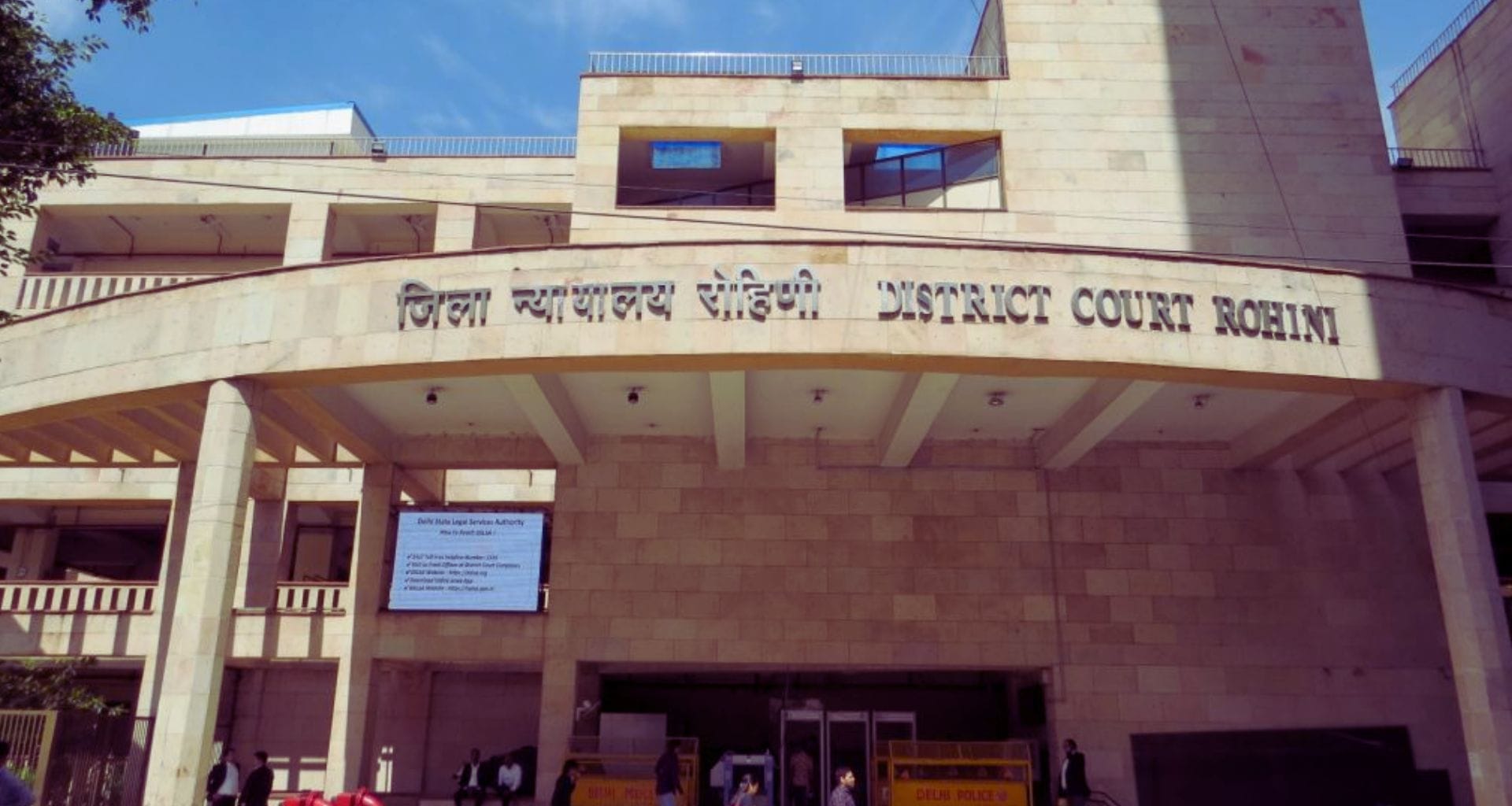Central Delhi, an administrative district of the National Capital Territory of Delhi, serves as the historical and cultural hub of India’s capital. Bounded by the Yamuna River to the east and surrounded by North Delhi, South West Delhi, West Delhi, New Delhi, and East Delhi, this district is a fascinating blend of heritage and modernity. With its rich history, dense population, and vibrant urban life, Central Delhi holds a unique position in India’s administrative and cultural landscape.
Geographic and Demographic Overview
Central Delhi spans an area of 25 square kilometers (9.7 square miles), making it a compact yet highly significant district. According to the 2011 census, the district has a population of 582,320, with a density of 25,759 people per square kilometer (66,720 per square mile), making it the most densely populated district in India.
The district’s population growth rate from 2001 to 2011 was -10.48%, reflecting a decline in population. It has a literacy rate of 85.25%, with a sex ratio of 892 females for every 1,000 males. Scheduled Castes account for 22.04% of the district’s population. The region is predominantly urban, with 98.02% of its population residing in urban areas.
Religious and Linguistic Diversity
Central Delhi is home to diverse religious communities. According to the 2011 census:
- Hinduism is practiced by 62.53% of the population.
- Islam accounts for 33.36%.
- Sikhism represents 2.24%.
- Jainism makes up 1.01%.
- Christianity constitutes 0.61%.
- Other religions or those not stated account for 0.25%.
The district’s linguistic diversity is equally vibrant. Hindi is the most widely spoken language, with 85.05% of the population using it as their first language. Punjabi (4.27%), Urdu (3.59%), Bhojpuri (1.16%), and Bengali (1.05%) are also spoken, alongside other languages, reflecting the cosmopolitan nature of the region.

Administrative Setup
Central Delhi’s administrative framework is headed by a District Magistrate (DM), who is supported by an Additional District Magistrate (ADM), three Sub-Divisional Magistrates (SDMs), three Tehsildars, and two Sub-Registrar Officers. The DM reports directly to the Divisional Commissioner and is responsible for overseeing the district’s administrative and revenue-related activities. This hierarchical structure ensures smooth governance and efficient management of resources.
The district is divided into three subdivisions, each managed by an SDM. These subdivisions are:
- Kotwali
- Karol Bagh
- Civil Lines
Each subdivision has its own set of police stations to maintain law and order.
Central Delhi Police Stations Under Subdivisions
Kotwali Subdivision:
- Darya Ganj
- Jama Masjid
- Chandni Mahal
- I.P. Estate
- Sarai Rohilla
- Gulabi Bagh
- Sadar Bazar
- Bada Hindu Rao
- Sabzi Mandi
- Kotwali
- Lahori Gate
- Kashmiri Gate
- Old Delhi Railway Station
- Kashmiri Gate Metro Station
- Sarai Rohilla Railway Station
Karol Bagh Subdivision:
- Karol Bagh
- Rajinder Nagar
- Prasad Nagar
- Deshbandhu Gupta Road
- Pahar Ganj
- Nabi Karim
- Kamla Market
- Hauz Qazi
Civil Lines Subdivision:
- Civil Lines
- Roop Nagar
- Burari
- Timar Pur
- Maurice Nagar
Historical Significance
Central Delhi is steeped in history and cultural significance. It encompasses Shahjahanabad, the Old Delhi area established by Mughal Emperor Shah Jahan in the 17th century. This historic region served as the capital of the Mughal Empire and is home to iconic landmarks such as the Red Fort and Jama Masjid, Delhi’s principal mosque. These monuments attract millions of visitors annually and are UNESCO World Heritage Sites.
Old Delhi’s bustling streets, vibrant markets like Chandni Chowk, and centuries-old havelis offer a glimpse into India’s rich heritage. The area’s unique blend of history and urban life makes it a must-visit for tourists and historians alike.
Economic and Urban Landscape
Central Delhi houses the central business district, characterised by high-rise buildings and commercial establishments. This area is a hub for trade, commerce, and administrative activities. The district’s strategic location and connectivity make it an economic powerhouse within the National Capital Territory.
Despite its modern developments, Central Delhi retains its traditional charm. The juxtaposition of historic structures and contemporary infrastructure highlights the district’s dynamic character.
Educational and Cultural Institutions
Central Delhi is home to several prestigious educational institutions and cultural landmarks. The area hosts prominent schools, colleges, and libraries that cater to the educational needs of its residents. The district also boasts art galleries, museums, and theaters that promote cultural and artistic endeavour.
The National School of Drama (NSD), located in Central Delhi, is a premier institution for theater and performing arts in India. Additionally, the district’s proximity to landmarks like the India Gate and Connaught Place further enhances its cultural appeal.
Challenges and Development Initiatives
As one of the most densely populated districts in India, Central Delhi faces several challenges, including traffic congestion, pollution, and the need for sustainable urban planning. The local administration has undertaken various initiatives to address these issues, such as promoting green spaces, improving public transportation, and implementing waste management programs.
Efforts to preserve heritage sites while accommodating modern infrastructure highlight the district’s commitment to balanced development. Projects like the redevelopment of Chandni Chowk aim to enhance the area’s aesthetic appeal and accessibility.
Connectivity and Transportation
Central Delhi is well-connected to other parts of the city and the National Capital Region (NCR) through an extensive network of roads and metro lines. Key transportation hubs, including Old Delhi Railway Station and Kashmiri Gate Metro Station, facilitate seamless travel for residents and visitors. The district’s central location makes it a crucial node in Delhi’s transportation system.
Public buses, auto-rickshaws, and cycle-rickshaws are commonly used modes of transport within the district. The introduction of e-rickshaws and pedestrian-friendly initiatives has further improved mobility.
Tourist Attractions
Central Delhi offers a plethora of attractions for tourists and locals alike. Some of the must-visit places include:
- Red Fort: A symbol of India’s sovereignty and architectural grandeur.
- Jama Masjid: One of the largest mosques in India, known for its stunning architecture.
- Chandni Chowk: A bustling market offering everything from spices to textiles.
- Raj Ghat: The memorial of Mahatma Gandhi, set amidst serene gardens.
- Rashtrapati Bhavan: The official residence of the President of India, located nearby in New Delhi.
Conclusion
Central Delhi is a district that encapsulates the essence of India’s rich history, vibrant culture, and rapid urbanisation. From its historic landmarks to its bustling streets and modern infrastructure, the district offers a unique blend of the past and present. As the heart of the nation’s capital, Central Delhi continues to play a pivotal role in shaping India’s administrative, cultural, and economic future.
With its unparalleled historical significance and dynamic urban landscape, Central Delhi stands as a testament to the resilience and diversity of India. Whether you are a history enthusiast, a culture seeker, or a traveler exploring the capital, Central Delhi promises an experience that is both enriching and unforgettable.


